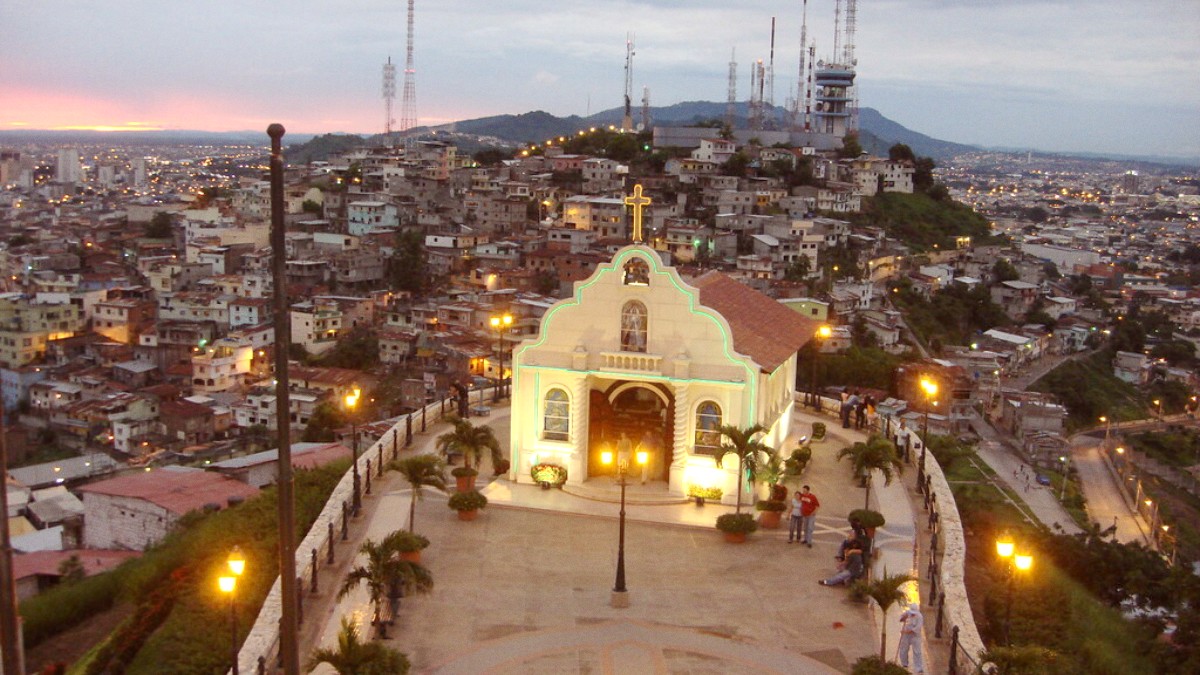
Pacific Coast And Lowlands, Ecuador
Guayaquil's public transport system relies on the Metrovía, a Bus Rapid Transit (BRT) system. Guayaquil does not have an underground metro or tram system. The Metrovía consists of dedicated bus lanes, modern, articulated buses, and enclosed stations. It operates on fixed routes, designed to provide efficient and fast transit along major arteries. The system presents a structured and generally reliable way to cover significant distances within Guayaquil. The buses are large and clearly marked. Route maps are available at all Metrovía stations and online.
Important Hubs: Terminal Río Daule (near airport and bus terminal) and Parque de la Victoria (central, near Malecon 2000). Policentro serves a busy commercial district.
Consult a map before your journey to understand the routes and any necessary transfers.
Avoid peak hours (morning and evening commutes) if possible, as buses become very crowded.
Be aware of your belongings; pickpocketing can occur in crowded buses and stations. Keep valuables secure.
Requires national license, IDP, passport, credit card. Major companies at GSE.
Less common for tourists in Guayaquil; more in coastal towns. Not recommended in city traffic.
Limited cycling infrastructure. Public sharing program (Guayaquil en Bici) requires membership. Cycling on main roads is dangerous.
Drive on the right. Seatbelts mandatory. Drunk driving illegal. Traffic can be chaotic.
Walking presents a great way to experience the city's atmosphere, but caution is necessary. Cycling infrastructure is still developing, limiting safe options.
Several companies offer city tours via double-decker buses, some with hop-on-hop-off services.
Tourist boats offer short cruises on the Guayas River from the Malecon 2000 for scenic views; not regular transport.
Connects Guayaquil (Malecon 2000 terminal) with Durán. Offers panoramic city and river views ($0.70 USD fare).
Guayaquil offers an evolving landscape for travelers with mobility needs. Newer infrastructure aims for accessibility, but older parts of the city present challenges. Awareness and planning contribute to a smoother experience.
Investigate accessibility features of hotels, attractions, and transport methods before your trip.
Plan specific routes.
Contact local disability organizations or tour operators specializing in accessible travel for specific guidance.
Seek expert advice.
Inform your hotel about any specific mobility needs; they might offer accessible rooms or assistance.
Communicate your needs.
Renting a car offers flexibility but comes with challenges in Guayaquil's driving environment. Road conditions vary, and local driving habits can be aggressive.
Mostly in coastal towns like Montañita. Riding in Guayaquil's traffic is not recommended unless very experienced.
Public bicycle sharing (Guayaquil en Bici) mainly for locals, often requires registration and membership.
Driving at night, outside urban areas, is not recommended due to poor lighting and security concerns.
Choosing the right transportation method greatly shapes your Guayaquil experience.
Balance cost, convenience, and safety based on your itinerary and comfort levels.